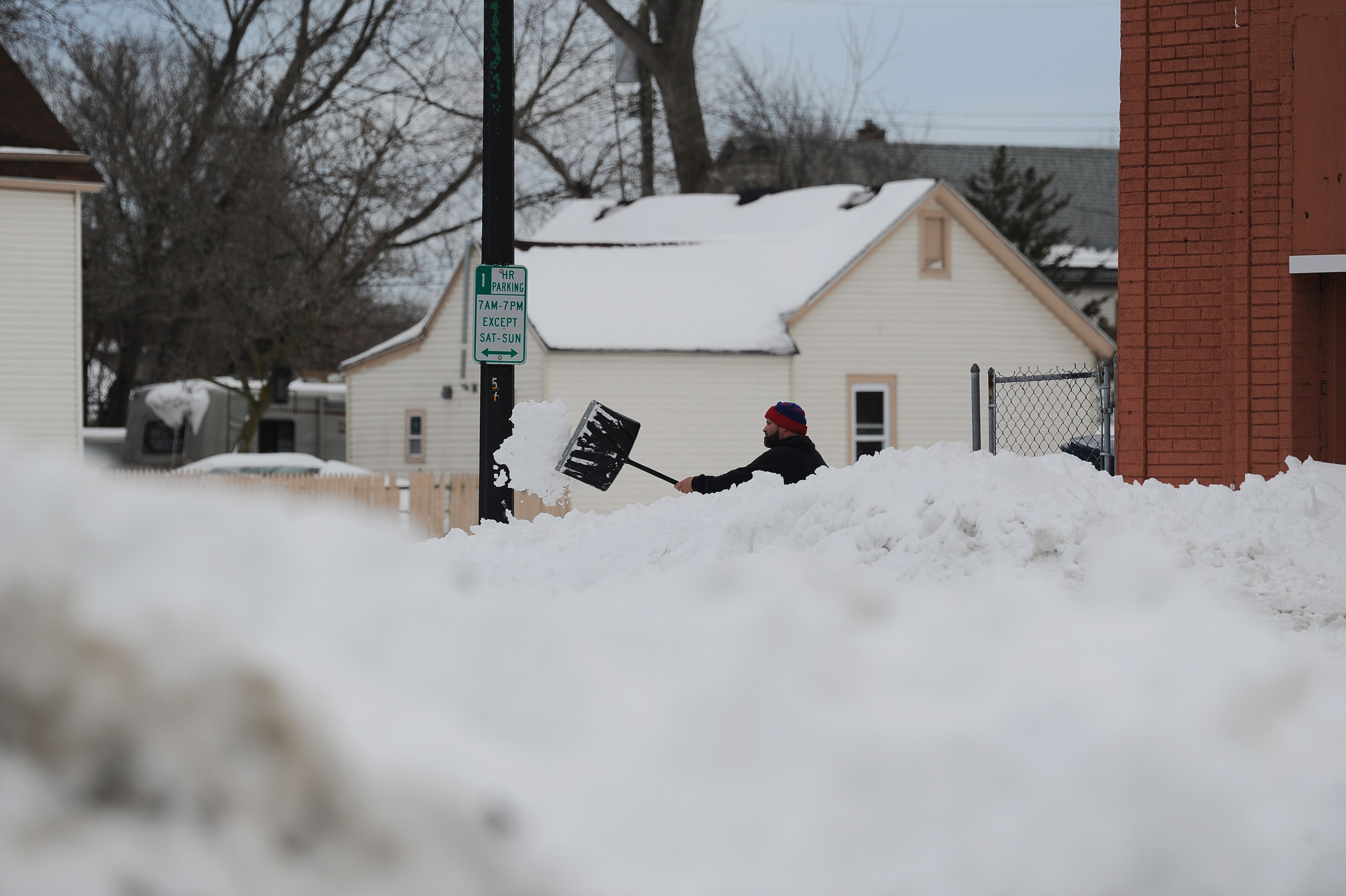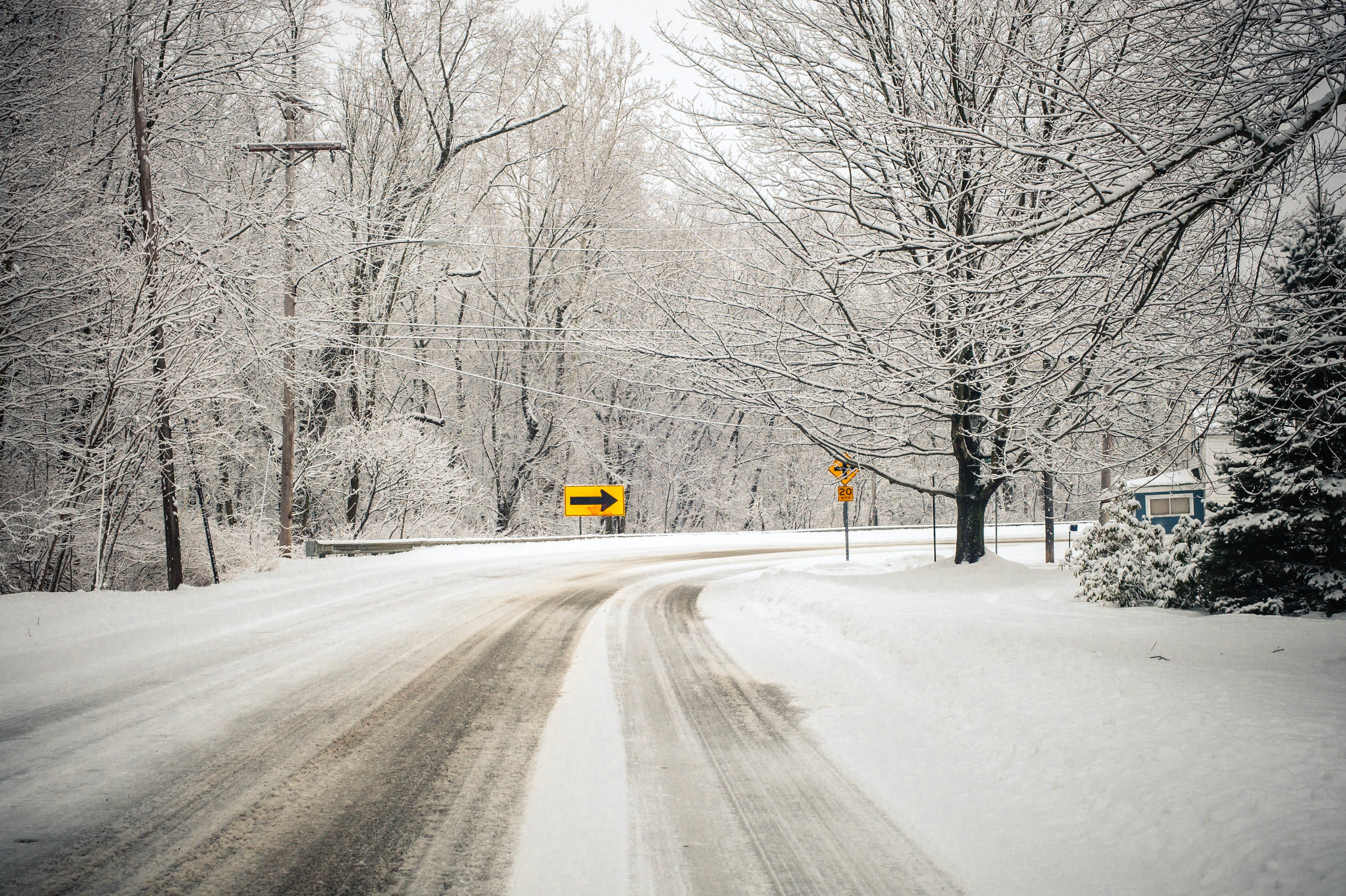Philadelphia and New York City could face significant challenges to their water supplies as drought conditions and rising sea levels push salty ocean water further up the Delaware River.
This critical source of drinking water for over 14 million people, including residents in Pennsylvania, New Jersey and New York state, is now at risk following an extremely dry start to the fall season.
The salt line—the boundary where ocean saltwater and a river's freshwater meet—has moved 20 miles north of its typical position near Wilmington, Delaware.
It is now just south of the drinking water intakes for Philadelphia, around city's airport. If conditions worsen, it could inch even closer, threatening the city's water supply.

To combat the encroaching saltwater, officials are releasing water from reservoirs to push the salt line back downstream.
This strategic measure ensures that freshwater continues to flow past Trenton, the upstream point where tidal effects are monitored.
The goal is to maintain a flow rate at Trenton equivalent to two Olympic-sized swimming pools of water per minute.
"The salt front is currently 17 river miles upstream from its normal location for this time of year, despite the reservoir releases," Amy Shallcross, Delaware River Basin Commission's (DRBC) water resource operations manager, said in a statement earlier in the month.
The line has since moved back a mile to 18 miles from the intake due to recent rainfall in the region, according to reports from The Associated Press. Despite this positive direction of travel, the salt line could still shoot back upstream quickly if conditions worsen again.
The northeast United States is currently facing severe drought conditions, with all of New Jersey and much of eastern Pennsylvania classified as experiencing severe, or worse, drought levels, according to the U.S. Drought Monitor. Reservoir levels across the region remain below average, exacerbating the crisis.
"In Pennsylvania, much-needed rain and snow helped ease the wildfire threat and provided a boost in soil moisture and hydrologic conditions," the latest update from Drought Monitor said.
"However, despite this week's rain and snow, significant precipitation deficits (ranging from 4 to 12 inches during the past 120 days) and impacts remain across areas of the Northeast region."
The drought, coupled with rising sea levels and human modifications such as dredged riverbeds for navigation, is worsening saltwater intrusion. While the current threat is being managed, DRBC executive director Steve Tambini emphasizes the need for vigilance.
"Many areas in the Delaware River Basin continue to experience significantly below-normal precipitation with resulting effects on streamflows, groundwater levels and reservoir storage," Tambini said in the statement.
Desalination has been floated as a potential solution to saltwater intrusion, but it is costly, energy-intensive and creates waste disposal challenges. Water managers and officials are instead focusing on conservation measures and studying long-term climate impacts to better prepare for future droughts.
The Delaware River Basin is not alone in its struggle against saltwater intrusion. In 2023, the Mississippi River faced a similar issue with what officials termed a "salt wedge." Emergency measures were employed to protect drinking water supplies in the region.
The Delaware River's salt front remains 18 miles away from water intakes for now, but experts warn that without sustained rainfall—about an inch per week—the risk will persist.
The DRBC is also encouraging all water users in Basin communities under drought watches and warnings to voluntarily reduce water consumption, enhance water efficiency, and comply with all state-issued alerts.
"Over 14 million people rely on our shared waters, and while we may believe this resource is limitless, the fact is that we never know when the next long-term drought might begin. Collectively, we can work toward improving water efficiency every day, not only when we experience dry conditions," Tambini said.
Do you have a tip on a science story that Newsweek should be covering? Do you have a question about droughts? Let us know via science@newsweek.com.



















 English (US) ·
English (US) ·